Today marks the startup of the 24th run of the Relativistic Heavy Ion Collider (RHIC), a U.S. Department of Energy (DOE) Office of Science user facility for nuclear physics research at DOE’s Brookhaven National Laboratory.
Tag: RHIC
João Barata Awarded CERN Fellowship
João Barata, a physicist in the Nuclear Theory Group at the U.S. Department of Energy’s (DOE) Brookhaven National Laboratory, has received a fellowship at CERN, the European Organization for Nuclear Research. In October 2024, Barata will begin the three-year-long appointment in CERN’s Department of Theoretical Physics.
Department of Energy Announces $11.24 Million for Research on Nuclear Theory Topical Collaborations
Today, the U.S. Department of Energy (DOE) announced $11.24 million for five topical theory collaborations in nuclear physics (NP). These projects bring together leading nuclear theorists to collaboratively focus on solving challenging problems central to advancing knowledge in nuclear physics.
Meet Kayla Hernandez: Electrical Engineer Helps Send Particle Beams Into RHIC
Meet Kayla Hernandez: Electrical Engineer Helps Send Particle Beams Into RHIC
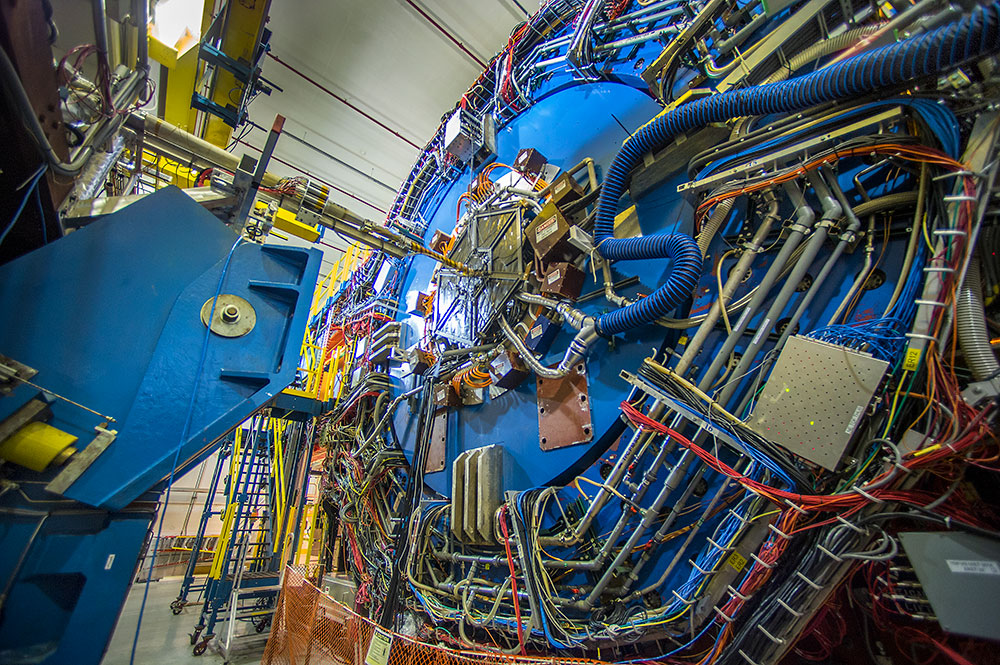
Study Reveals How Some High-Energy Particle ‘Jets’ Lose Energy
Scientists studying particle collisions at the Relativistic Heavy Ion Collider (RHIC) have revealed how certain particle-jets lose energy as they traverse the unique form of nuclear matter created in these collisions. The results should help them learn about key transport properties of this hot particle soup, known as a quark-gluon plasma (QGP).
Measuring the Speed of Sound in Dense Nuclear Matter
Theoretical physicists have proposed a new method to measure the speed of sound in quark-gluon plasma. The speed of sound is determined by a material’s properties, so measuring it helps scientists understand that material. These studies reveal the way quarks and gluons interact with each other and offers new insights on matter in the early Universe.
Scientists See Evidence of First-Order Phase Change in Nuclear Matter
New evidence suggests protons and neutrons go through a “first-order” phase transition to reach their melted state, a soup of quarks and gluons. This is a kind of stop-and-go change in temperature is similar to how ice melts: energy first increases the temperature.
Results from Search for ‘Chiral Magnetic Effect’ at RHIC
Physicists from the STAR Collaboration of the Relativistic Heavy Ion Collider (RHIC), a U.S. Department of Energy (DOE) Office of Science user facility for nuclear physics research at DOE’s Brookhaven National Laboratory, presented long-awaited results from a “blind analysis” of how the strength of the magnetic field generated in certain collisions affects the particles streaming out.
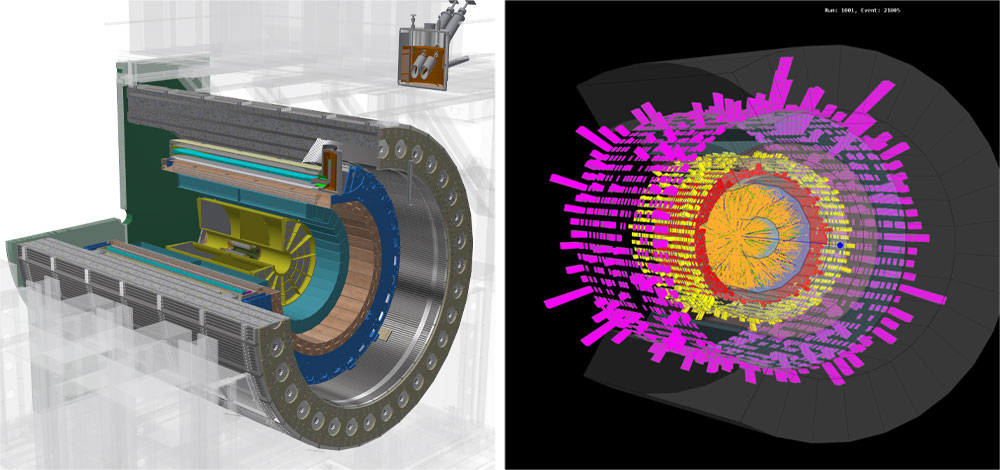
sPHENIX Assembly Shifts into Visible High Gear
Brand new, state-of-the-art components for an upgraded 1000-ton particle detector are being installed at the U.S. Department of Energy’s (DOE) Brookhaven National Laboratory. Known as sPHENIX, the detector is a radical makeover of the PHENIX experiment, which first began taking data at the Lab’s Relativistic Heavy Ion Collider (RHIC) in 2000.
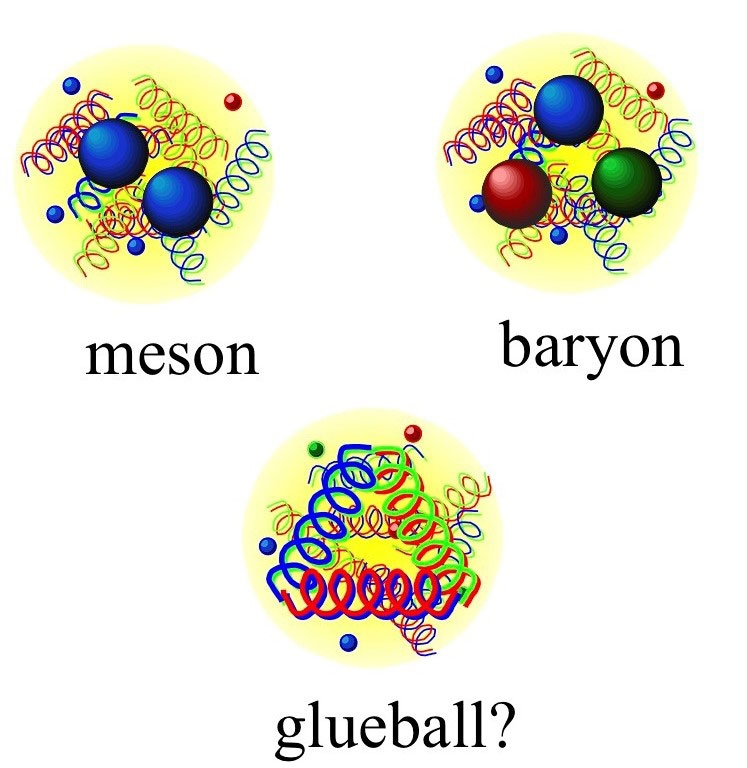
Searching for Signs of ‘Glueballs’ in Proton-Proton Smashups
In principle, the universe should contain objects composed only of gluons in a sea of quark-antiquark pairs. However, scientists’ experiments have never definitively confirmed these hypothetical objects, called “glueballs.” Now, scientists are using the Relativistic Heavy Ion Collider to search for signs of these glueballs.
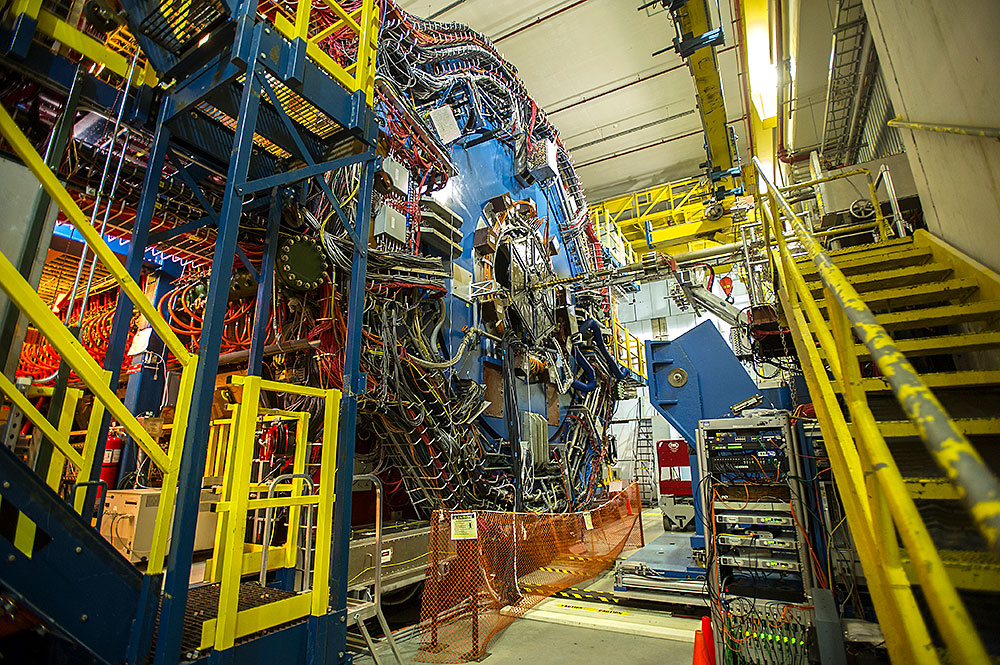
Tantalizing Signs of Phase-change ‘Turbulence’ in RHIC Collisions
A new analysis of collisions conducted at different energies at the Relativistic Heavy Ion Collider (RHIC) shows tantalizing signs of a critical point—a change in the way that quarks and gluons, the building blocks of protons and neutrons, transform from one phase to another. The findings will help physicists map out details of these nuclear phase changes to better understand the evolution of the universe and the conditions in the cores of neutron stars.

Supercomputers Aid Scientists Studying the Smallest Particles in the Universe
Using the nation’s fastest supercomputer, Summit at Oak Ridge National Laboratory, a team of nuclear physicists developed a promising method for measuring quark interactions in hadrons and applied the method to simulations using quarks with close-to-physical masses.
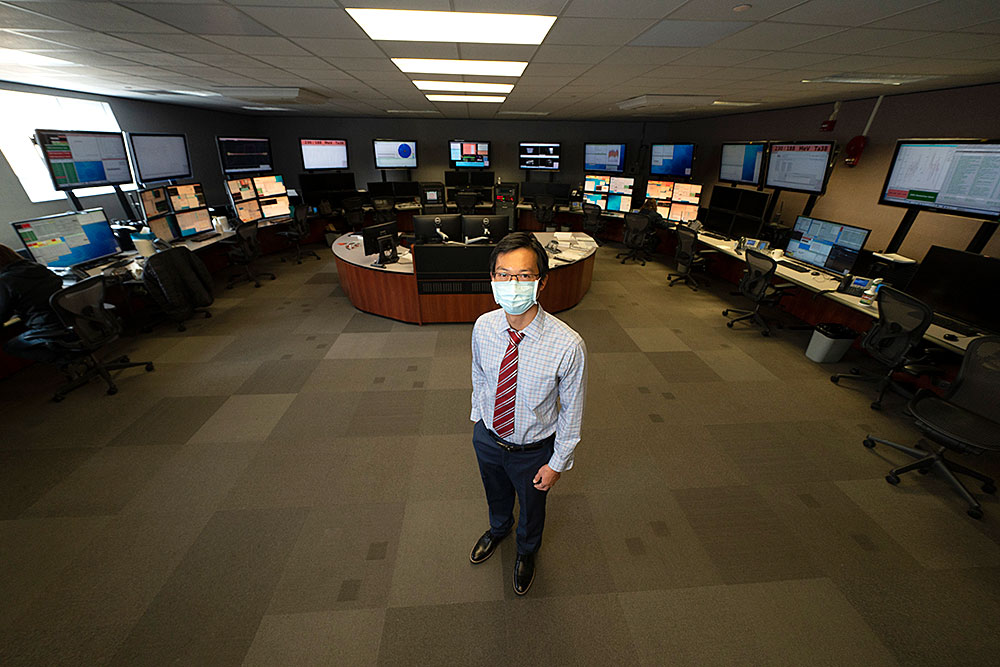
RHIC Run 21: Pushing the Limits at the Lowest Collision Energy
Accelerator physicists are preparing the Relativistic Heavy Ion Collider (RHIC), a DOE Office of Science user facility for nuclear physics research at DOE’s Brookhaven National Laboratory, for its 21st year of experiments, set to begin on or about February 3, 2021. Instead of producing high-energy particle smashups, the goal for this run is to maximize collision rates at the lowest energy ever achieved at RHIC.
Celebrating 20 Years of Smashing Success at RHIC
Let’s wind back the clock and take a look at the lead-up to RHIC’s first collisions with these excerpts from the Brookhaven Bulletin. As you’ll see, getting a complicated particle collider up and running takes a lot of teamwork and coordinated effort. And it isn’t always a straight-line path!
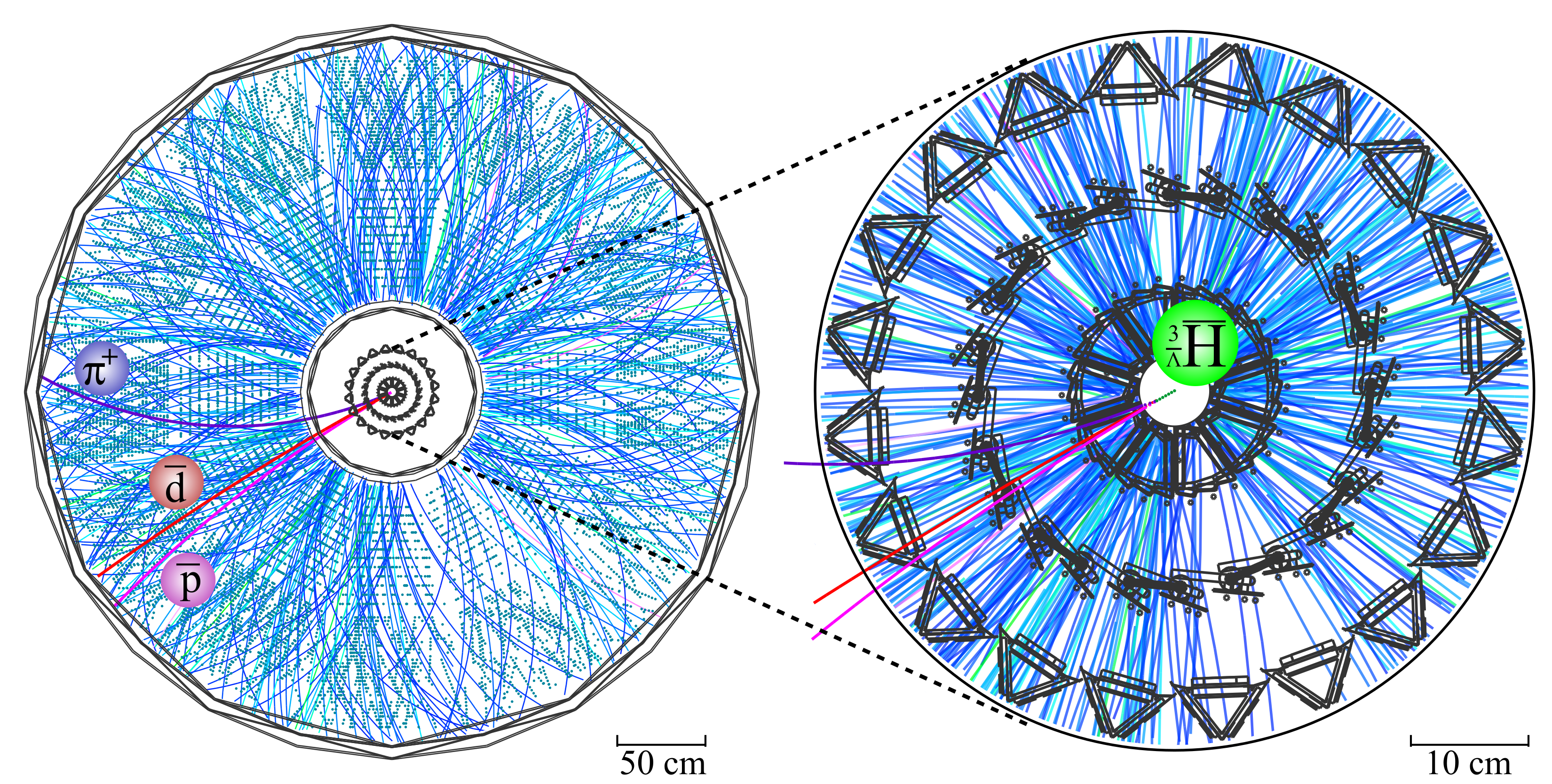
‘Strange’ Glimpse into Neutron Stars and Symmetry Violation
New results from precision particle detectors at the Relativistic Heavy Ion Collider (RHIC) offer a fresh glimpse of the particle interactions that take place in the cores of neutron stars and give nuclear physicists a new way to search for violations of fundamental symmetries in the universe.
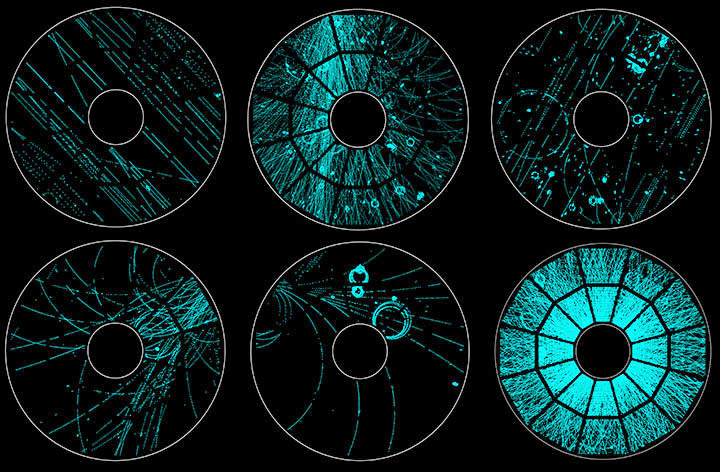
Stunning Images Capture Cosmic Ray Tracks
These images capture the movement and collisions of cosmic rays—mysterious particles originating somewhere in deep space—as they stream through the STAR detector at the Relativistic Heavy Ion Collider (RHIC). The results are profoundly beautiful.